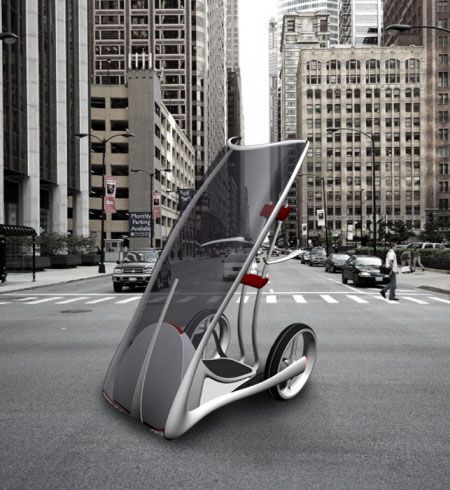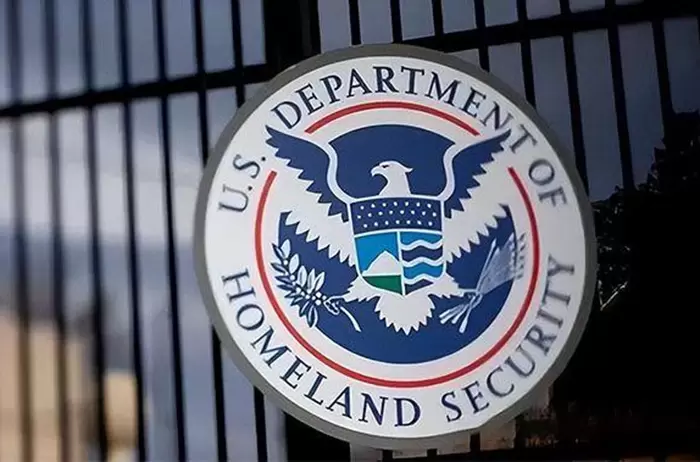The Future of Transportation: Understanding the Current Intelligent Transport System
2 min read
The world is changing rapidly, and so is the way we move around. With the advent of technology, the transportation industry is undergoing a major transformation. One of the most significant changes is the introduction of the Intelligent Transport System (ITS). In this article, we will explore what the current ITS is, how it works, and what the future holds for this innovative technology.
What is the Current Intelligent Transport System?
The Intelligent Transport System (ITS) is a system that uses advanced technology to manage and optimize transportation networks. The system integrates various technologies such as sensors, cameras, and communication devices to collect and analyze data in real-time. The data collected is used to improve traffic flow, reduce congestion, and enhance safety on the roads.
How Does the Current ITS Work?
The current ITS works by collecting data from various sources such as traffic cameras, sensors, and GPS devices. The data is then analyzed in real-time to provide information on traffic flow, congestion, and accidents. The system uses this information to optimize traffic flow by adjusting traffic signals, rerouting traffic, and providing real-time information to drivers.
The current ITS also includes advanced safety features such as collision avoidance systems, lane departure warnings, and adaptive cruise control. These features use sensors and cameras to detect potential hazards and alert drivers to take corrective action.
What Does the Future Hold for ITS?
The future of ITS is exciting and holds great promise. With the rapid advancement of technology, the current ITS is expected to become even more sophisticated and efficient. The future ITS will include features such as autonomous vehicles, connected vehicles, and smart infrastructure.
Autonomous vehicles will be able to communicate with each other and the infrastructure to optimize traffic flow and reduce congestion. Connected vehicles will be able to share real-time information with each other and the infrastructure to improve safety and efficiency. Smart infrastructure will include sensors and communication devices that will provide real-time information on traffic flow, weather conditions, and road hazards.
Conclusion:
The current Intelligent Transport System is a game-changer in the transportation industry. It has the potential to revolutionize the way we move around and make our roads safer and more efficient. The future of ITS is bright, and we can expect to see even more advanced and sophisticated systems in the years to come. As technology continues to evolve, the transportation industry will continue to transform, and the ITS will play a significant role in shaping the future of transportation.

